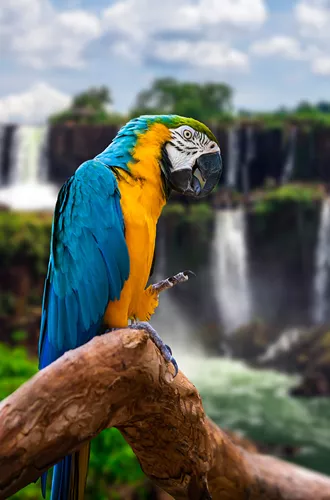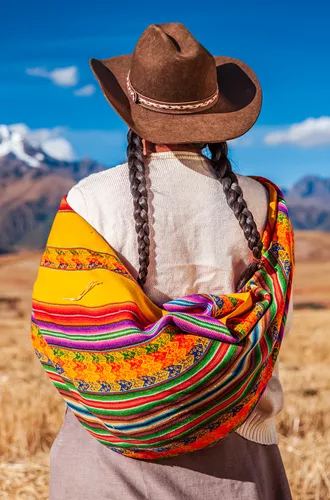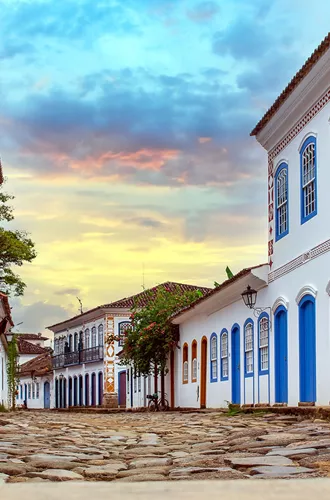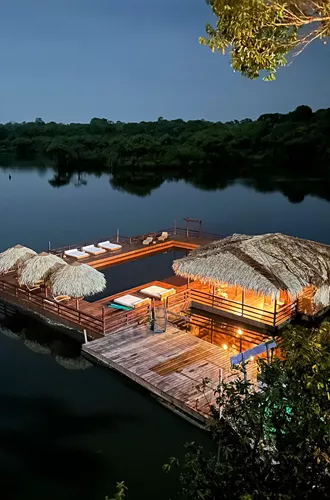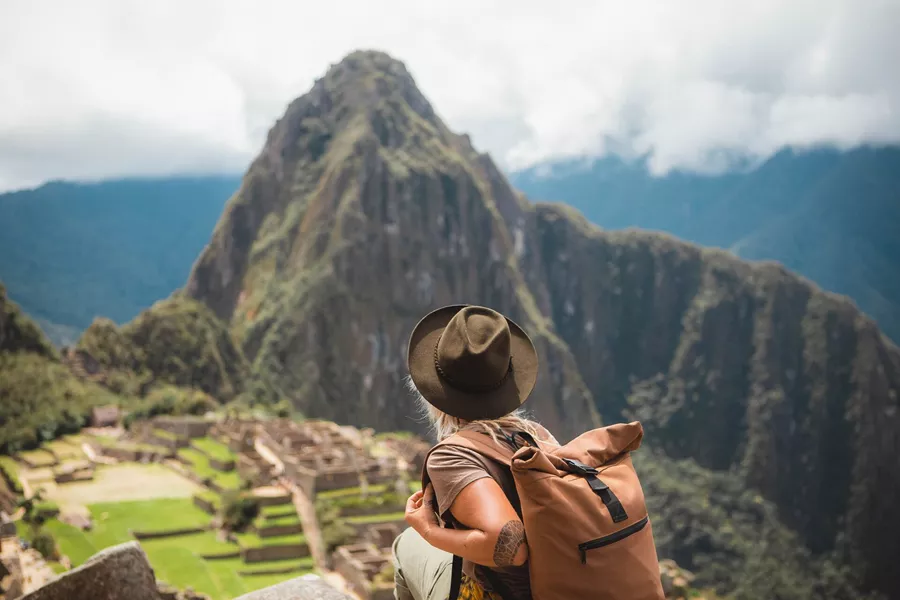Country Code for Brazil: +55
Fire and rescue services: 193
Medical emergencies: 192
Police: Call 190
For further information, please visit
Brazil Travel Advice & Safety | Smartraveller (Australia)
Safe Travel | Brazil (New Zealand)
The Australian Consulate in Rio de Janeiro provides limited consular services. For full consular assistance, contact the Australian Embassy in Brasilia or the Australian Consulate-General in São Paulo.
Australian Embassy, Brasilia
SES QD 801, Conjunto K, Lote 07 Brasilia
Phone: +55 61 3226 3111
Email: consular.brasilia@dfat.gov.au, or embaustr@dfat.gov.au
Website: brazil.embassy.gov.au
New Zealand Embassy Brasilia, Brazil
SHIS QI 09, conj. 16, casa 01, Lago Sul 71625-160, Brasilia DF, Brazil
Telephone: +55 61 3248 9900
Email: embaixada.novazelandia@mfat.net
Website: www.mfat.govt.nz/brazil
New Zealand Consulate-General São Paulo, Brazil
Avenida Paulista, 2421 Edificio Bela Paulista, 12th floor, Cerqueira Cesar 01311-300, São Paulo SP, Brazil
Telephone: +55 11 3898 7400
Email: consuladonz@nzte.govt.nz




